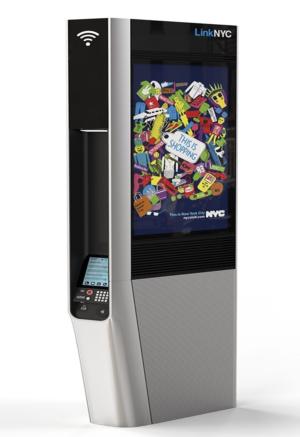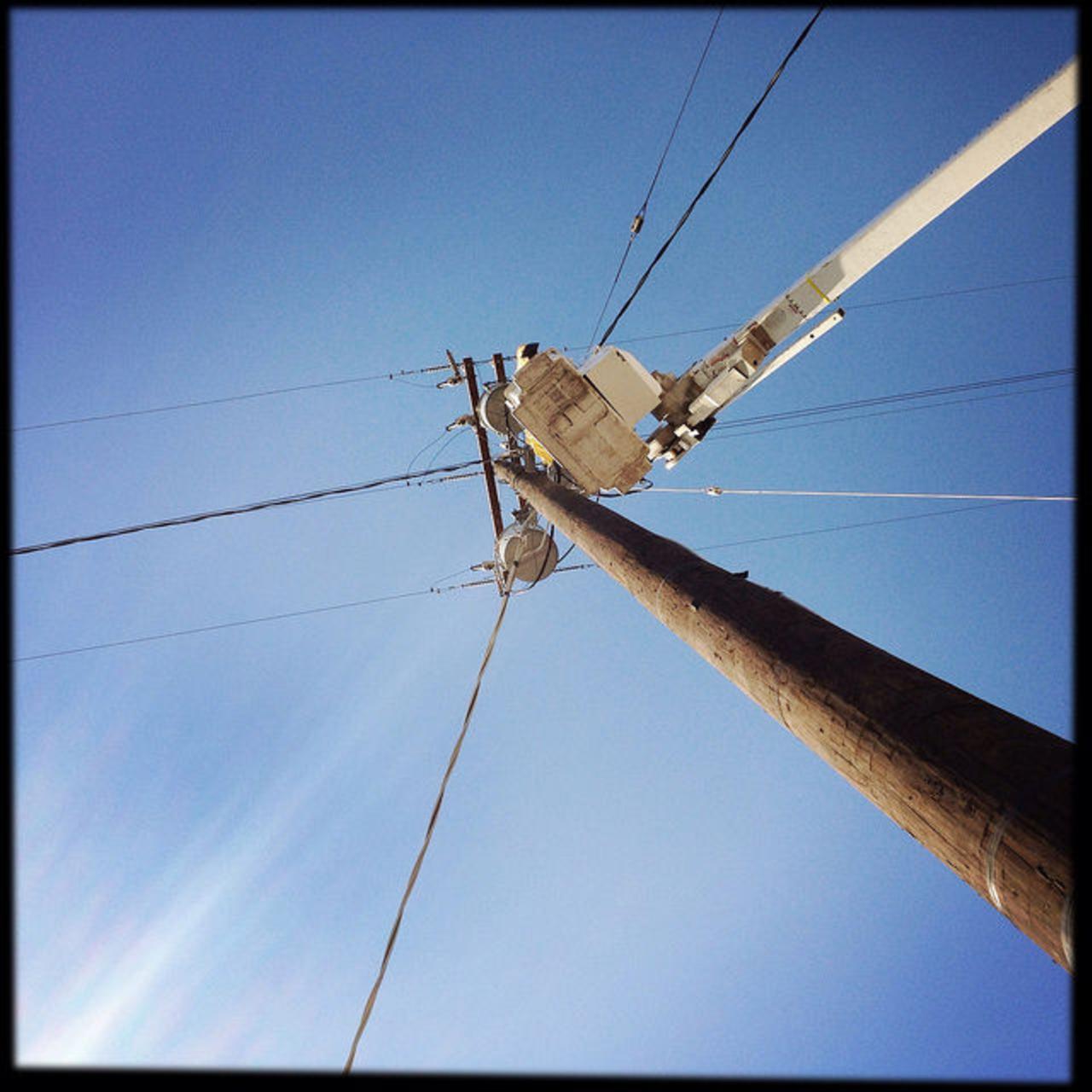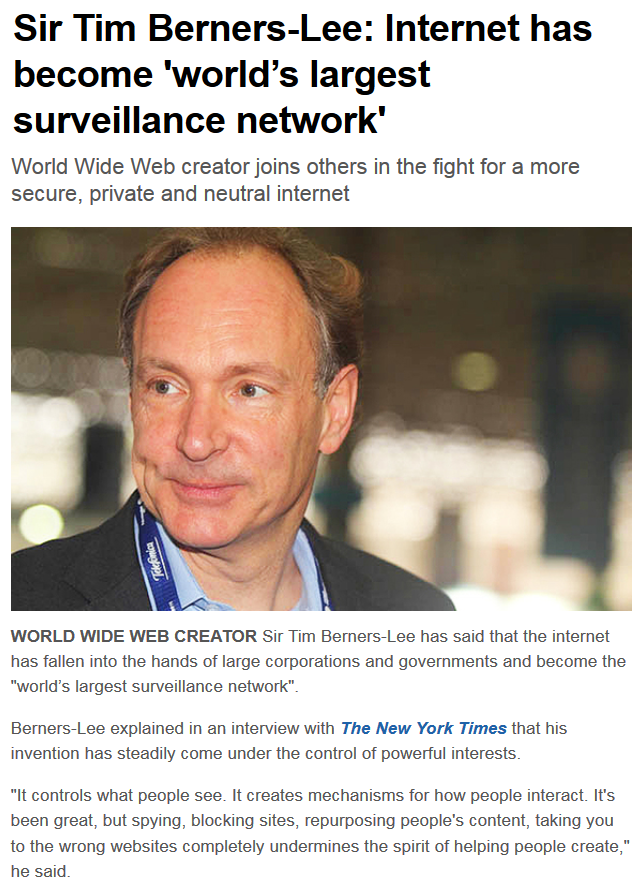Smart Dust Is Coming. Are You Ready?
“Imagine a world where wireless devices are as small as a grain of salt,” writes futurist Bernard Marr in Forbes, describing a technology being researched by companies like IBM, General Electric, and Cisco. “These miniaturized devices have sensors, cameras and communication mechanisms to transmit the data they collect back to a base in order to process.
“Today, you no longer have to imagine it: microelectromechanical systems (MEMS), often called motes, are real and they very well could be coming to a neighborhood near you. Whether this fact excites or strikes fear in you it’s good to know what it’s all about.”
Outfitted with miniature sensors, MEMS can detect everything from light to vibrations to temperature. With an incredible amount of power packed into its small size, MEMS combine sensing, an autonomous power supply, computing and wireless communication in a space that is typically only a few millimeters in volume. With such a small size, these devices can stay suspended in an environment just like a particle of dust. They can:– Collect data including acceleration, stress, pressure, humidity, sound and more from sensors
– Process the data with what amounts to an onboard computer system
– Store the data in memory
– Wirelessly communicate the data to the cloud, a base or other MEMs
Since the components that make up these devices are 3D printed as one piece on a commercially available 3D printer, an incredible amount of complexity can be handled and some previous manufacturing barriers that restricted how small you can make things were overcome. The optical lenses that are created for these miniaturized sensors can achieve the finest quality images.
The potential of smart dust to collect information about any environment in incredible detail could impact plenty of things in a variety of industries from safety to compliance to productivity. It’s like multiplying the internet of things technology millions or billions of times over.

 “An ambitious project to blanket New York and London with ultrafast Wi-Fi via so-called “smart kiosks,” which will replace obsolete public telephones, are the work of a Google-backed startup.
“An ambitious project to blanket New York and London with ultrafast Wi-Fi via so-called “smart kiosks,” which will replace obsolete public telephones, are the work of a Google-backed startup.
